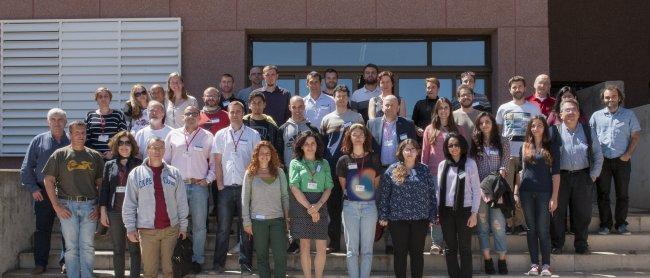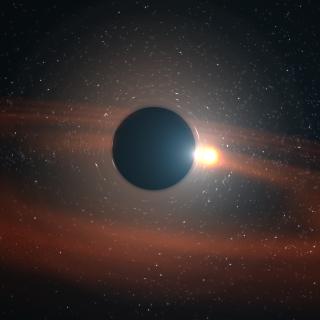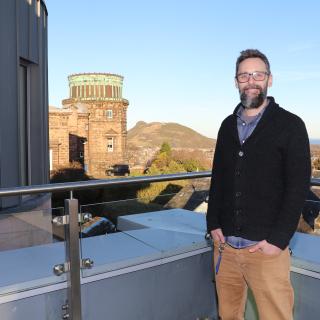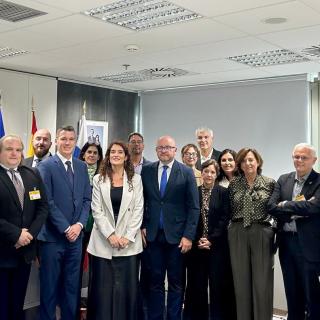The James Webb Space Telescope (JWST) which is still in the development phase, will be able to observe in the infrared some of the most distant objects in the universe. This week, in La Laguna there has been a workshop at the headquarters of the Instituto de Astrofísica de Canarias (IAC) with the aim of helping researchers to prepare observing proposals for the next great space observatory.
During the first day several talks explained the current state of the mission, the different observing modes, and the tough technical trials which the telescope has to overcome before being launched into space in 2019. During the afternoon the informatics tools needed to estimate the observing times needed for each programme were presented. Also the system for sending proposals to be evaluated was detailed. In addition working sessions were organised in which experts answered queries about the observing programmes in which they were working. Finally two examples of observing programmes with Spanish participation: “Transiting Ealready approved for the JWST were presented “Transiting Exoplanet Community Early Release Science Program”, by de Nicolas Crouzet (IAC), and “Cosmic Evolution Early Release Science (CEERS) Survey”, by Pablo Pérez González, Universidad Complutense de Madrid (UCM).
The idea of organizing this activity was originated by Macarena García Marín, one of the main Spanish scientists on the project, and by, Ismael Pérez Fournon, an IAC researcher and Professor at the University of La Laguna (ULL). García Marín was a Physics student at the ULL and is currently employed by the European Space Agency (ESA) and by NASA in the development of MIRI, the middle-infrared instrument on the JWST, “Even though the IAC is not participating in the construction of the JWST” commented the astrophysicist, “there are three Spanish women who studied here and who are working on the mission.
Elena Puga, who Works for ESA, and Begoña Vila, who works for NASA are the other two Spanish women scientists who also studied at the University of La Laguna and at the IAC. Both participated in the workshop with lectures during the first day. Vila stated that “The James Webb Space Telescope is for humanity” and said that “The aim of the workshop is so that observing proposals are presented in order to use it”.
Pérez Fournon gave classes to all of them, as well as being the first person who mentioned the James Webb Space Telescope to Macarena García. It was just this connection which stimulated them to organize the workshop. Pérez Fournon noted that “The workshop has helped some research groups to improve and finish their observing proposals for this fabulous space telescope. Given the utility of the workshop Pérez Fournon does not rule out “organising a conference or another workshop on the JWST in the IAC in the coming years”.
More information about this workshop: http://www.iac.es/congreso/JWSTWorkshop2018/
Previous press releases:



